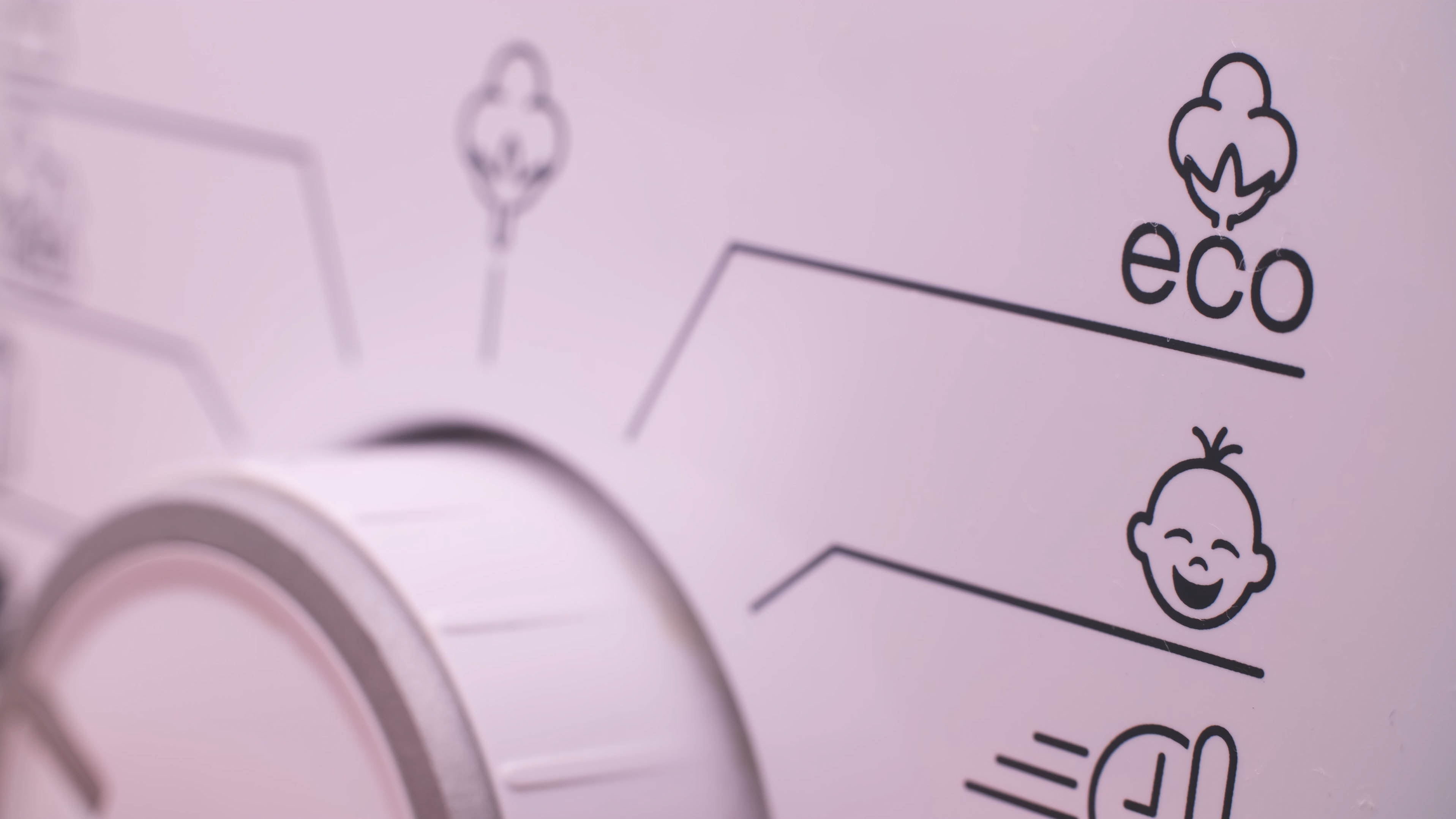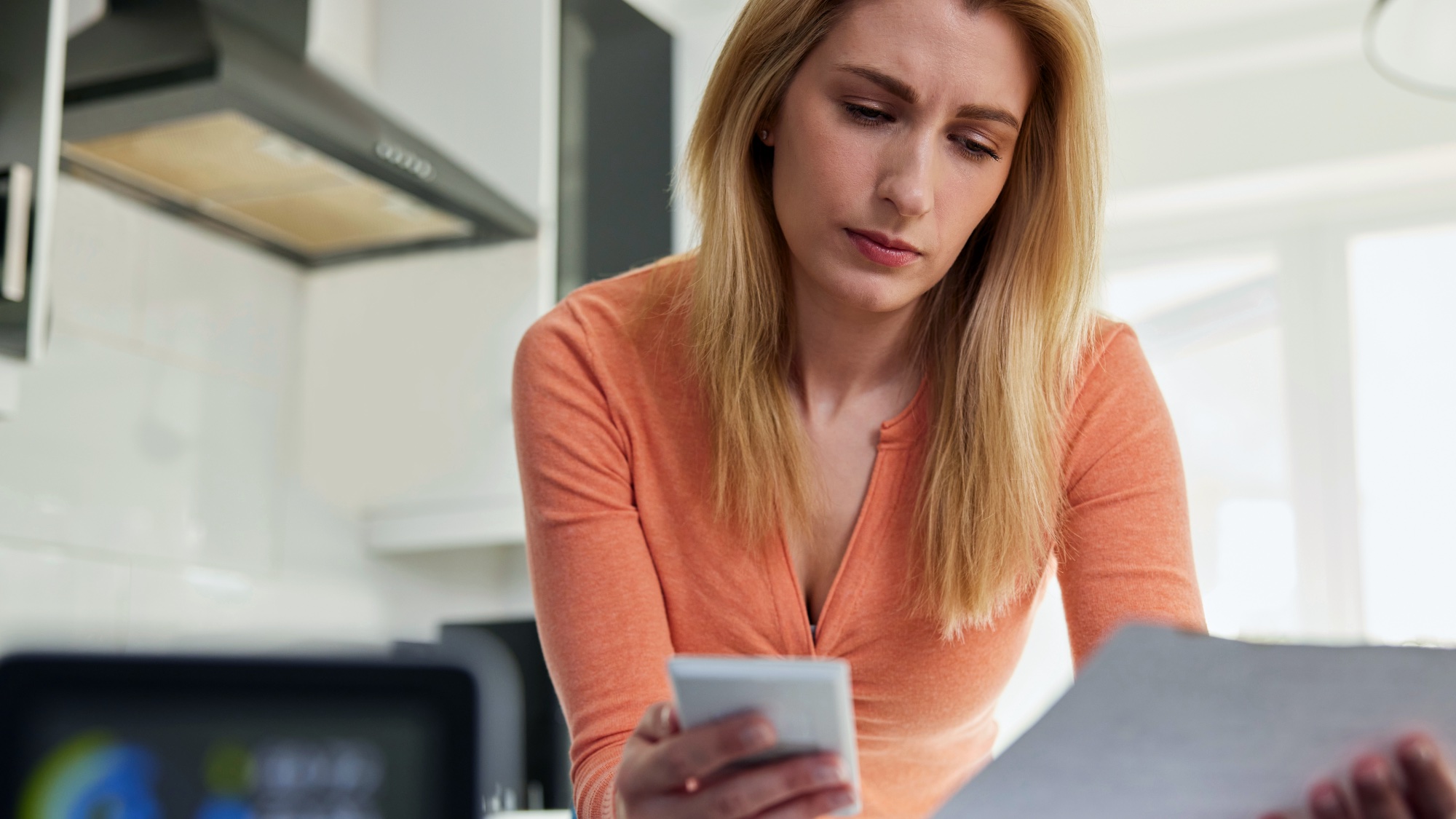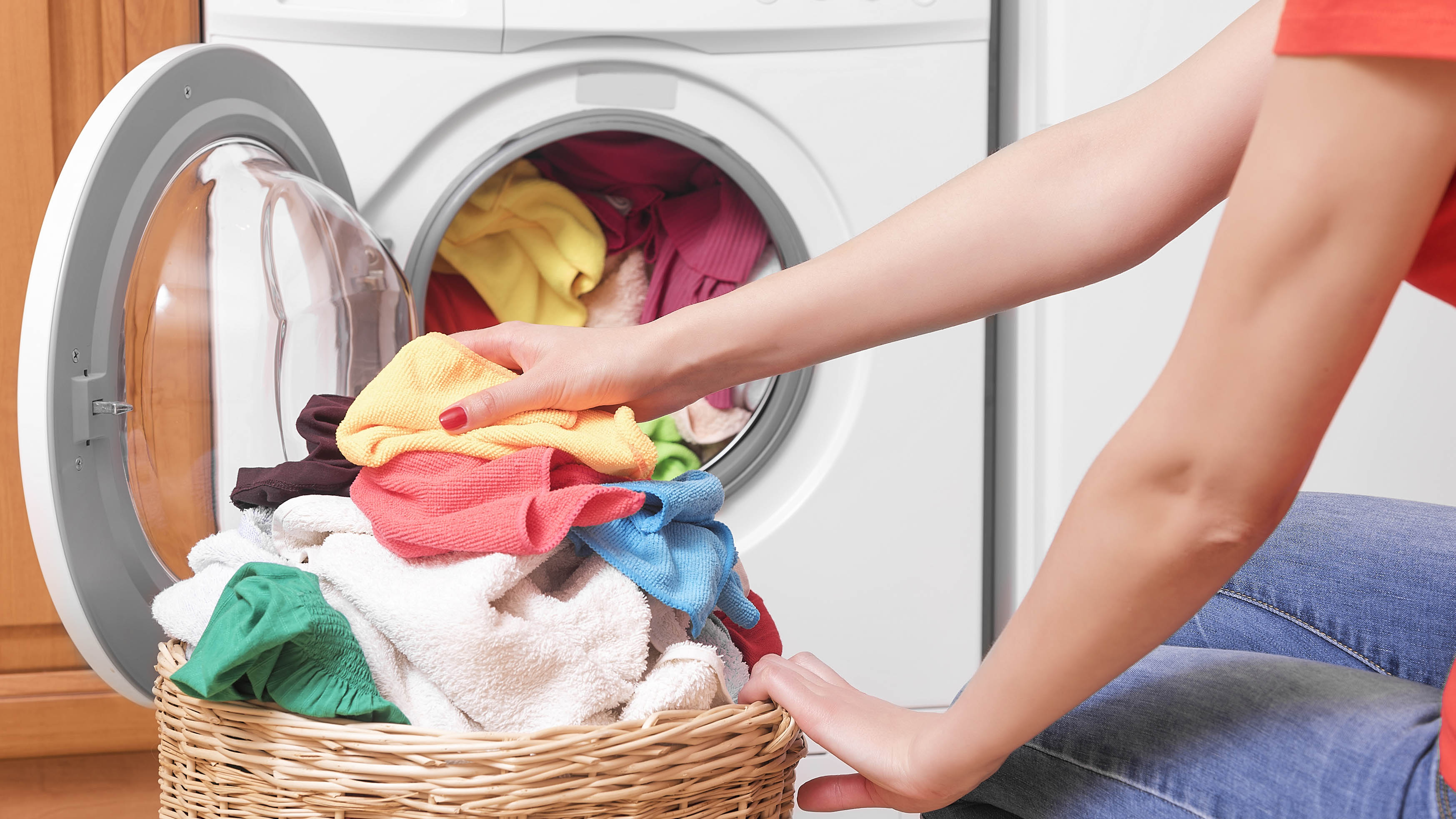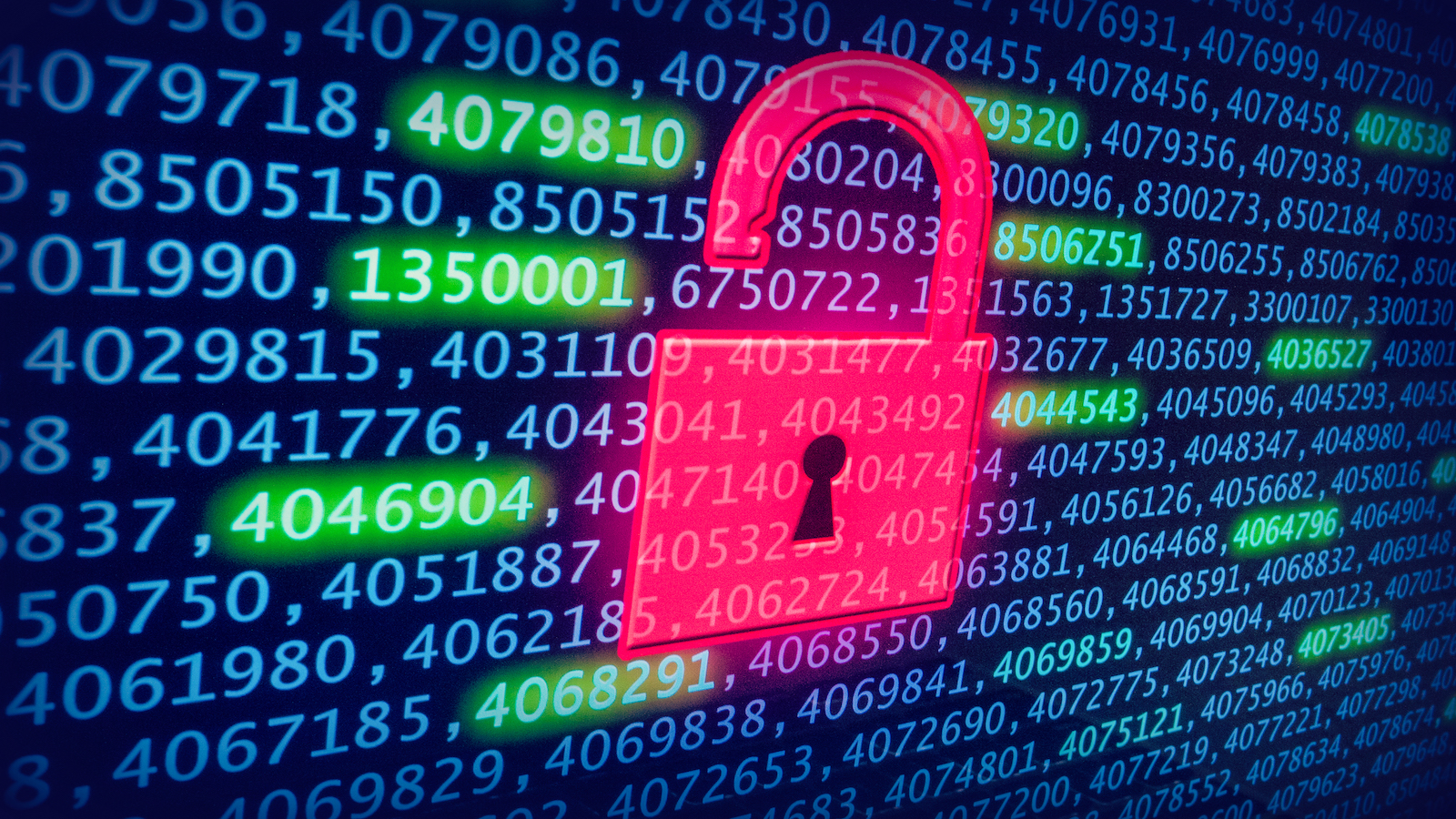This neglected washing machine setting can save money on your energy bill
Want to save money on laundry day? Start using this washing machine setting

When it comes to laundry day, the majority of us will be creatures of habit. We often stick to the same routine, both in terms of detergents and settings, to the point where we could probably set the machine with our eyes closed. In doing this, you might be missing out though. Each setting on the best washing machines will suit different laundry loads, and depending on which you use, the overall performance will vary. That’s why there’s a time when you should and shouldn’t use the quick wash setting on your washing machine.
One setting in particular often goes neglected, and it’s quite surprising considering what it has to offer. In using this underrated setting, you could reduce your washing machine’s water and energy consumption, saving you money on your bills come laundry day. Your clothes will still come come out clean, so there’s little reason not to make use of it. Here, we will take you through what this setting has to offer, the difference it can make to your bills, as well as any potential drawbacks, and when you should take advantage of it.
What is the Eco setting?

You might not have noticed it before, but most washing machines in the U.K. now come with an Eco setting. This is a standard wash program just like any other, but it actually reduces the energy consumption, and sometimes the water consumption, compared to the typical settings. The Eco setting offers a trade-off, working at a lower temperature, in return for more time to reach a sufficient cleaning performance, often using less water in the process.
In essence, the clothes still come out washed and clean, but the program takes longer than the others to run. The energy saving generally comes from the reduction in heating the water, which is what costs the most when running a washing machine. In fact, according to the retailer Currys, a lower temperature wash will use anywhere from 35-59% less energy versus a hot temperature cycle.
The Eco setting may be shown as an independent setting on your washing machine, or it could be an option to be selected in addition to your core settings. In either case, the functionality is the same. Unfortunately, it goes unused in most households, with Sophie Lane, Product Training Manager for Miele GB revealing that only 5% of washing machines use this setting, according to feedback from industry surveys and pseudonymised data from connected Miele machines.
'Enormous amounts of energy are unnecessarily wasted as a result of not using the Eco program' says Sophie. 'There are a number of reasons for consumers' reticence in using the Eco mode resulting from common misconceptions as to the suitability of these programmes on washing machines and dishwashers in everyday use.'
You may have noticed an Eco setting on other large appliances as well. They’re becoming more common on both dishwashers and tumble dryers. The premise behind these is much the same; a longer cycle in return for less water and/or energy consumption. Long story short, if you’re happy to wait, the Eco setting could really help reduce your bills.
Get instant access to breaking news, the hottest reviews, great deals and helpful tips.
How much money can you save with the Eco setting?

The exact amounts of what you could save will obviously depend on your electricity tariff as well as your specific washing machine model. According to AMDEA, you could save up to £54 a year by switching to the Eco mode in every wash, or £37 per year by doing the same with the dishwasher. Miele goes into more specifics, stating that an A energy efficiency class Miele washing machine at full capacity on the Eco setting will save 0.5 kWh per cycle versus a regular cotton program, reducing energy consumption from 1.4 kWh to 0.9 kWh respectively.
Sometimes you can save on water using this program as well. How much you can save varies from model to model — some may even use a similar amount of water regardless of the cycle, so the savings are predominantly down to the energy reduction. But, for instance, with the Bosch WAX28EH1GB washing machine, you will use an average of 70 litres of water with a 10kg Eco cycle, versus 97 litres of water with a 40°C 10kg Cotton cycle. That's a 28% saving. If you want to check how much water you could save, refer to the consumption data in your manual.
Ultimately, you should opt for an eco-friendly design, so that water and energy consumption will be lower on the whole. When shopping for a washing machine, check out the energy label. This will show the overall energy efficiency class of the appliance, as well as the energy and water consumption (per 100 cycles for energy, and per cycle for water).
Are there any drawbacks to the Eco setting?

As mentioned earlier, using the Eco setting takes longer than the standard settings. In my experience, it can take 3-4 hours or more to run your average Eco program. That means if you’re using it in conjecture with a dryer setting, you’re looking at 5-6 hours of run time to get through a single load of washing.
Considering the machine can be running in the background, this isn’t necessarily a deal breaker for this program. After all, if you’ve got the time to hand, you might as well save some money on your bills in the process. However, it does mean it's not the best setting to use if you’re in a hurry, and need an item washed and dried promptly. In such cases, the quick wash setting may be the better option.
The performance of the Eco setting can vary from model to model as well. In my testing experience, the stain removal level generally isn’t as high as the standard settings. This is a consequence of the reduced temperature of the wash. So, if you’re dealing with heavily-stained items, the Eco setting likely isn’t your best bet. In such cases, use a stain pre-treatment, such as Vanish Oxi Action Fabric Stain Remover (£6.49, Amazon), and use the corresponding program at the highest temperature allowed, according to the care label — a 60-90°C wash may be necessary. Keep in mind that this only applies to heavily-stained items though, the Eco setting is more than sufficient for everyday wash cycles.
When should you use the Eco setting?

The Eco setting can be used for all kinds of everyday wash situations. It’s generally suited to cotton items, with an adjustable temperature range of 40-60°C, although this can vary.
Because of the reduced temperature (remember that cotton programs can run up to 90°C), it’s more gentle on your clothes versus the hot wash settings. However, you should still keep your delicates out of the Eco cycle and stick to the appropriate settings instead, such as for woolens or hand-wash items. Otherwise, you could cause some damage.
The Eco setting would suit light stains and everyday cotton wash loads, but just keep the time required in mind, so it doesn’t cause delays. I now use the Eco setting every week — my clothes are still clean and it saves money, so it just makes sense.
For more washing tips, tricks, and how-tos, check out our guides on best clothes dryers, how to make your laundry room more eco-friendly and 5 reasons you should always wash sportswear separately.

Katie Mortram used to be a Homes Editor for Tom's Guide, where she oversaw everything from kitchen appliances to gardening tools, as well as smart home tech. Specializing in providing expert advice for cleaning and home manintenance, she now works as Household Advice Editor for Good Housekeeping.
